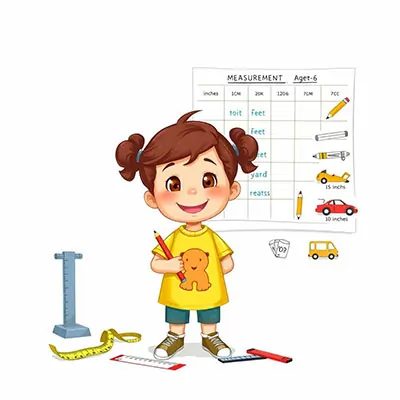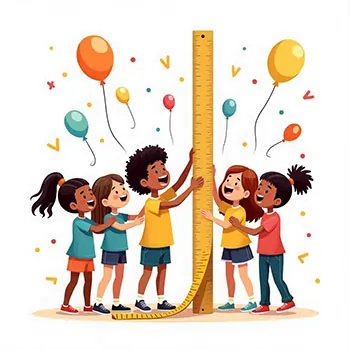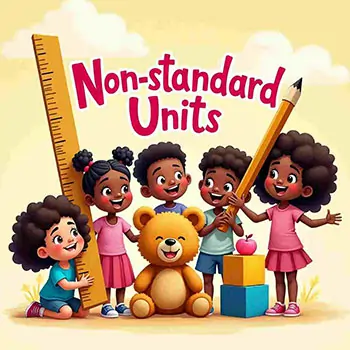🧮 Measurement
Measurement helps children learn to tell the difference in size between various things using a range of tools. Being taught measurement encourages us to observe, compare, and estimate things. It also helps children learn how to solve problems and get ready for things like building, cooking, or making crafts. Learning about measurement early on forms a base for geometry and data in later classes.


